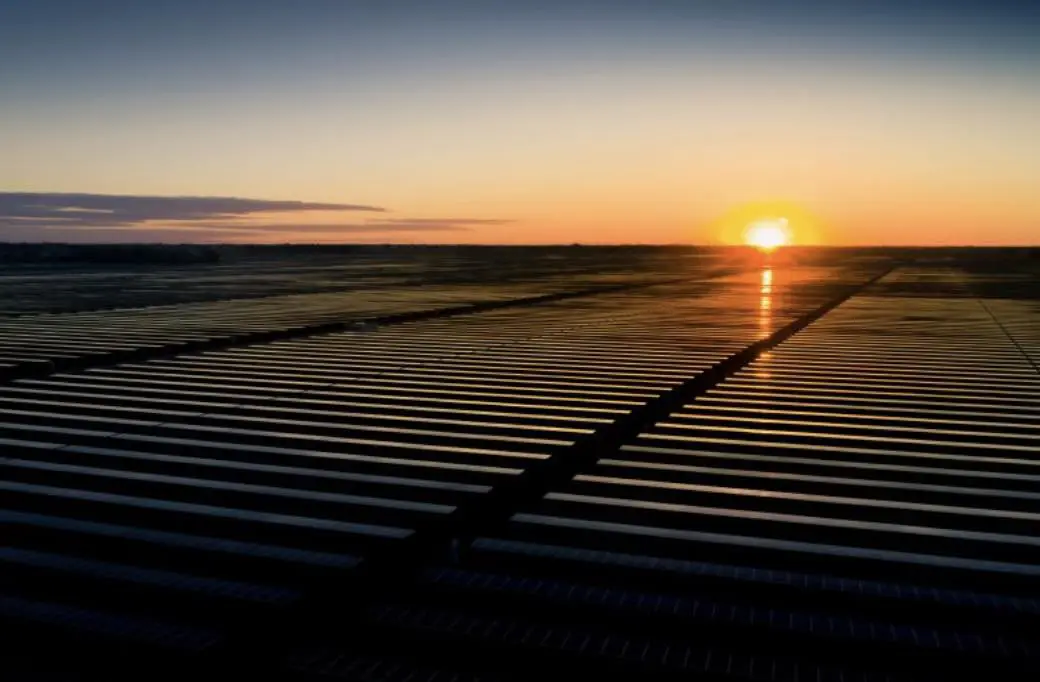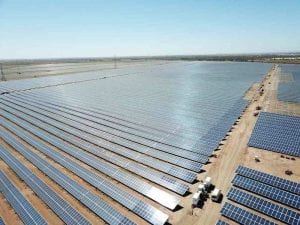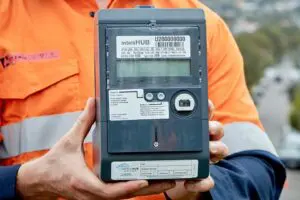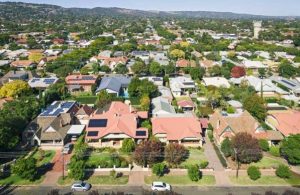State and federal energy ministers are poised next week to put environment back into the country’s National Electricity Objective in what will be a landmark move to underpin the shift from fossil fuels towards 100 per cent renewables.
The lack of environment in the NEO – mysteriously dropped at the last minute by the Howard government as the rules of the current system were finalised more than two decades ago – has hamstrung the shift to renewables because it has stymied key rulings made by regulators and rule makers.
Its inclusion is likely to lead to a rethink of key rules and regulations, and their interpretation, and pave the way for tens of billions of dollars in new infrastructure, generation and storage that will fast-track the shift from coal and gas to a renewables-based grid.
The exclusion of environment from the NEO has obliged regulators to make some clearly absurd decisions, such as endorsing new diesel generators rather than a storage option at Broken Hill, mainly because they were forced to consider only narrow economic factors.
See: Regulatory madness promotes dirty diesel over renewable mini grid at Broken Hill
It has also led to poor outcomes in assessing the net worth of new transmissions projects, causing delays that has left the country short of grid capacity even as the new government assumes the country will somehow reach 82 per cent renewables by 2030.
The issue has come to a head in the redesign of the market rules being managed by the Energy Security Board, particularly in its proposal for a so-called “capacity mechanism” that even its own modelling shows will favour existing dirty thermal generators over new clean firming technologies.
A proposal to put environment into the NEO has been worked on by the ACT government since last September, and at the last energy ministers meeting there was general agreement on the move, but not the how.
This will be formally put to other state ministers ahead of a joint meeting next week, the ACT climate minister Shane Rattenbury confirmed after the first publication of this story.
“Reflecting emissions reduction goals in the NEO is important for ensuring emissions intensity of generation is considered and reducing emissions is prioritised. I am pleased that this work has progressed well and will be discussed at the upcoming Energy Ministers Meeting this month,” he said in a statement.
“We cannot deny the need to decarbonise our energy supply. We need to act quickly if we are to have any chance of meeting Australia’s net zero emissions by 2050 target, and this means rapidly reducing emissions from the energy sector.
“Reflecting the net zero emissions goal in the NEO will help to ensure an efficient and coordinated national approach to decarbonisation, so that we can make this transition as smooth as possible.”
See also: ACT to quit gas by 2045, shift to all-electric homes and business
RenewEconomy understands that the proposal has the overwhelming support of all energy ministers.
The move follows a plea from the ESB itself – in response to the controversy over the nature of its capacity market proposals – for guidance from ministers on whether emissions should play a part in its considerations.
The answer to that is of course it should, given the country has a soon-to-be legislated net zero target for 2050, and a 43 per cent emissions reduction target for 2030 that will need to be lifted in coming years.
“There’s many, many capacity markets around the world, many of which have been implemented to manage the transition, which tend to have the complementary emissions reduction mechanisms that go with them,” Anna Collyer, the head of the Australian Energy Markets Commission, said last month.
“So that’s what we would like to get further advice on, so that we can do that in a deliberate way and build out what we see that we need, in terms of that right mix of resources.”
The inclusion of an environmental objective, and even an emissions target, will also make it easier for important planning blueprints such as the Australian Energy Market Operator’s Integrated System Plan, which has already accelerated its central scenario to “step change” and could lift this to “hydrogen superpower” next time round.
A similar proposal was advocated by a Greens-led Senate inquiry in 2016, and put forward by Victoria, but rejected by the then Coalition government because it said it would be “too complex.”
Then Labor energy spokesman Mark Butler said at the time the rules of the market were not fit for purpose because of the absence of environment objectives, and meant that implementing policies, such as the renewable energy target, “end up feeling like trying to bang a square peg into a round hole.”
It is understood current federal climate and energy minister Chris Bowen supports the move. And he needs to, if Labor is to deliver anywhere near that 82 per cent renewable target it is now loudly promoting after securing the reluctant support of the Greens for the more modest 43 per cent emissions reduction target.
Clean energy investors hope that putting environment, and an emissions objective, into the considerations of the rule makers and the regulators will help change their current thinking about the design of capacity markets and other key rulings such as locational pricing.
Simon Corbell, the former ACT energy minister who now heads the Clean Energy Investment Group, which includes many of the biggest renewable and storage investors in Australia, says the environmental reform would be a landmark event.
He says the CEIG – among others – has been lobbying ministers and departments for an environmental and emissions outcome, and it will be a landmark moment if approved as expected next week.
The CEIG’s latests survey of its members shows a bleak outlook for investment in the short term, despite the need to mobilise tens of gigawatts of new capacity to meet the scenario of 80 per cent renewables painted by the federal Labor government and the Australian Energy Market Operator.
Corbell says the current crisis engulfing Australia’s energy markets could and should be the last – if the country can shift to renewables and storage – but it will require a wholesale reform of the market and its governance.
“The latest Clean Energy Investor Survey reveals how much work the new federal government must do to repair investor confidence that has been degraded by years of policy uncertainty and market risk,” he says.
“Ministers have to provide a clear signal to urgently reform governance of the NEM and direct the market bodies to accelerate transformation,” he says.
“If Australia establishes a sound framework to become self-sufficient from our vast clean energy resources, that would ensure this is the last energy crisis Australia faces.”
Bruce Mountain, from the Victoria Energy Policy Centre, says bringing emission reduction objectives into the NEO will be a giant leap forward.
“And not a moment too soon,” he said. “But it is not a panacea and it is not easy. For example, how should regulators’ be required to translate economy-wide emission reduction targets into their energy sector regulations?
“But at the very least it will bring about much greater transparency and save us from the sort of out-of-touch nonsense when, in the midst of a climate crisis, the ESB touts “technology neutral” solutions, as if this is a good thing.”
Corbell believes an environmental and emissions objective would help address some of the key issues his investors are focused on, the capacity mechanism and locational pricing.
On capacity, Corbell – along with nearly all other industry players – wants the issues over managing coal retirements and incentivising new flexible capacity treated separately, because the hybrid solution currently on the table from the ESB “does neither well.”
Coal retirements, various analysts suggest, could be handled through bonds, auctions or other mechanisms, as long as there is transparency, Corbell says.
On locational pricing, Corbell says that the NSW state government has the right idea in the design of its renewable infrastructure roadmap, which includes the sale of access rights that more or less protects wind, solar and storage projects from excess curtailment.
But he says that still does not address what happens to projects located outside of renewable energy zones, and a national scheme was needed to solve this issue. But this was difficult as long as key agencies held unrealistic views around the pace of change and the likely closure of coal generators.
“If Australia establishes a sound framework to become self-sufficient from our vast clean energy resources, that would ensure this is the last energy crisis Australia faces,” Corbell says.
“The latest Clean Energy Investor Survey reveals how much work the new federal government must do to repair investor confidence that has been degraded by years of policy uncertainty and market risk.
“It gives energy ministers a clear signal to urgently reform governance of the NEM and direct the market bodies to accelerate transformation.”










